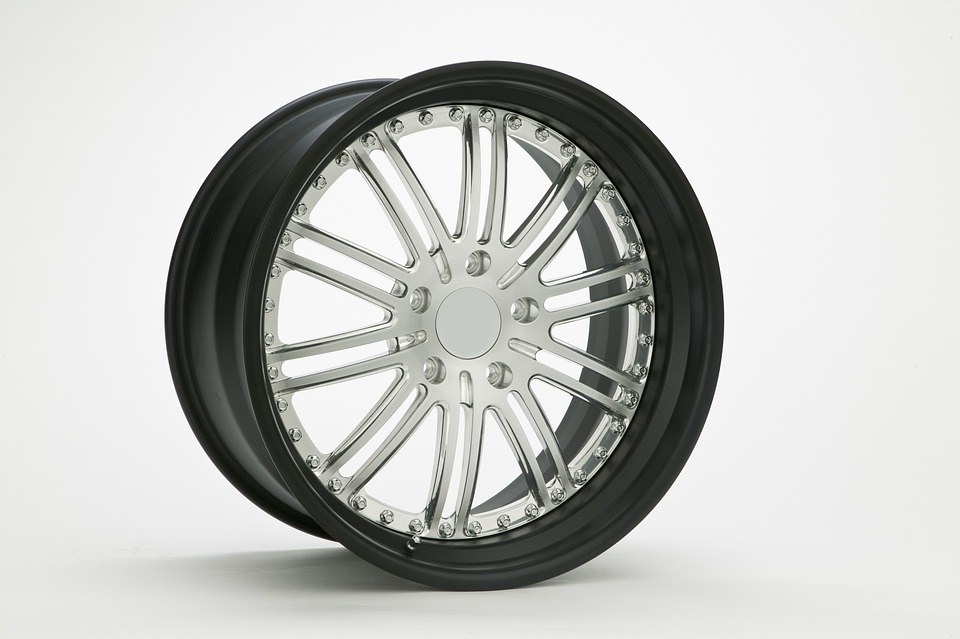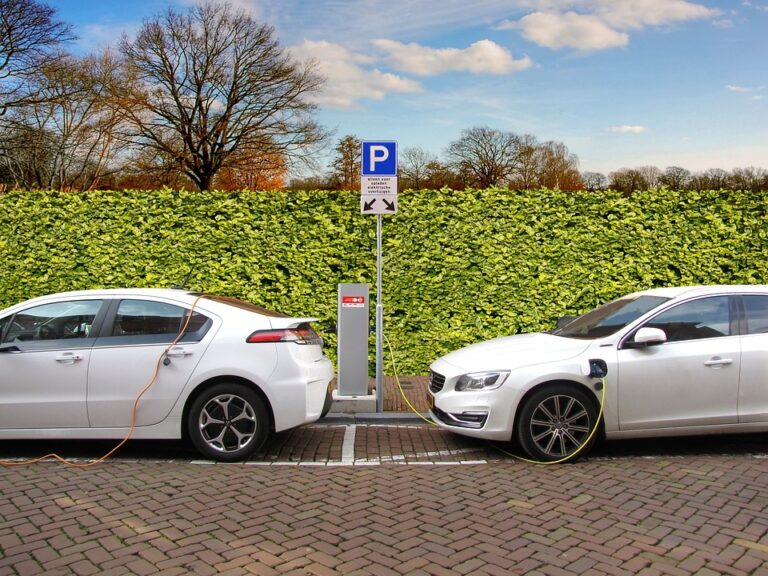Emerging Tire Technologies

The world of automotive innovation is constantly evolving, with new technologies emerging at a rapid pace. Among these innovations, tire technology is often overlooked, yet it plays a crucial role in enhancing vehicle performance, efficiency, and safety.
As we venture further into the 21st century, tire manufacturers are pushing the boundaries to create smarter, more efficient, and environmentally friendly solutions.
The Rise of Smart Tires
Smart tires are at the forefront of the tire technology revolution. These advanced tires are equipped with sensors that can provide real-time data on various metrics such as tire pressure, temperature, tread wear, and load.
By transmitting this information to the driver or directly to a vehicle’s onboard computer, smart tires can significantly enhance safety and performance.
Real-Time Monitoring and Feedback
One of the primary benefits of smart tires is their ability to monitor tire conditions in real time. This continuous feedback can alert drivers to potential issues before they become serious problems.
For example, if a tire is underinflated, the system can warn the driver, allowing them to address the issue promptly and avoid possible accidents or further damage. This not only improves safety but also optimizes fuel efficiency and extends tire lifespan.
Integration with Autonomous Vehicles
As autonomous vehicles become more prevalent, smart tires will play an integral role in their operation. These tires can provide crucial data that helps the vehicle adapt to different driving conditions, ensuring a smoother and safer ride.
By constantly analyzing road surfaces and tire grip, smart tires can adjust the vehicle’s performance in real-time, enhancing both efficiency and passenger comfort.
Airless Tire Technology
Another groundbreaking development in tire technology is the advent of airless tires. Unlike traditional pneumatic tires, airless tires do not rely on air pressure to maintain their shape and structure.
Instead, they are made from a resilient, flexible material that can withstand various driving conditions without the risk of punctures or blowouts.
Durability and Maintenance
Airless tires offer several advantages, particularly in terms of durability and maintenance. Since they don’t rely on air pressure, they are immune to punctures, eliminating the need for frequent repairs and replacements.
This makes them an attractive option for commercial fleets and off-road vehicles, where reliability is paramount.
Environmental Impact
In addition to their durability, airless tires have a positive environmental impact. Traditional tires require frequent replacements due to wear and tear, contributing to a significant amount of waste. Airless tires, with their longer lifespan, can reduce this waste significantly.
Additionally, they can be manufactured using sustainable materials, further decreasing their environmental footprint.
The Pursuit of Sustainability
As the automotive industry moves towards more sustainable practices, tire manufacturers are also focusing on reducing their environmental impact. This has led to the development of eco-friendly tires made from renewable and recyclable materials.
Biodegradable Materials
Some companies are experimenting with biodegradable materials to create tires that break down naturally at the end of their lifecycle. These materials, derived from plants and other organic sources, offer a promising solution to the environmental challenges posed by traditional rubber tires.
Recycling and Retreading
Recycling and retreading are also gaining traction as viable options for reducing waste. By refurbishing old tires with new tread, tire manufacturers can extend the life of a tire, reducing the need for new raw materials and energy-intensive production processes.
This not only saves resources but also cuts down on emissions associated with tire manufacturing.
Advanced Materials and Design
Innovations in materials science and design are paving the way for the next generation of high-performance tires. By experimenting with new compounds and structures, manufacturers are creating tires that offer superior grip, handling, and durability.
Graphene and Nanotechnology
Graphene, a material known for its strength and conductivity, is being integrated into tire compounds to enhance performance.
When used in tire construction, graphene can improve traction, reduce rolling resistance, and increase overall tire lifespan. Similarly, nanotechnology is being employed to develop compounds that provide better grip and longevity, even in extreme weather conditions.
Innovative Tread Patterns
Advanced computer modeling and simulation techniques allow designers to create tread patterns that optimize contact with the road surface. These patterns can improve water evacuation, reduce noise, and enhance cornering stability, leading to a safer and more enjoyable driving experience.
The Future of Tire Technology
The tire industry is on the brink of a technological revolution, driven by innovations that promise to enhance safety, performance, and sustainability. As these emerging tire technologies continue to develop, they will play a crucial role in shaping the future of transportation.
Whether it’s through smart sensors, airless designs, sustainable materials, or cutting-edge compounds, the tires of tomorrow are set to provide a smoother, safer, and more efficient ride.
As consumers and automotive enthusiasts, it’s important to stay informed about these advancements. By understanding the benefits and potential applications of emerging tire technologies, we can make more informed decisions about the vehicles we choose to drive.
Moreover, we can advocate for and support the adoption of sustainable practices within the industry, contributing to a greener and more responsible future.
Conclusion
The innovations in tire technology are not just about improving performance; they’re about reimagining the very role that tires play in our lives.
As we look forward to a future where smart, sustainable, and resilient tires are the norm, it’s clear that the road ahead is not only about where we’re going but also about how we get there.






